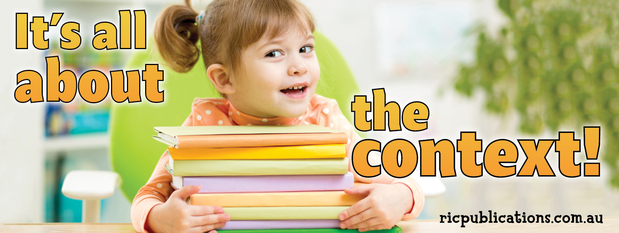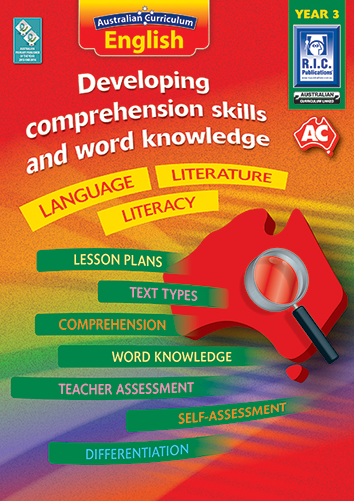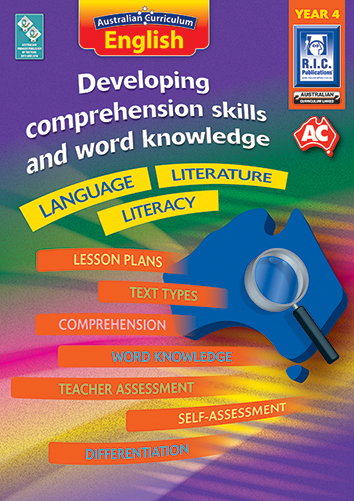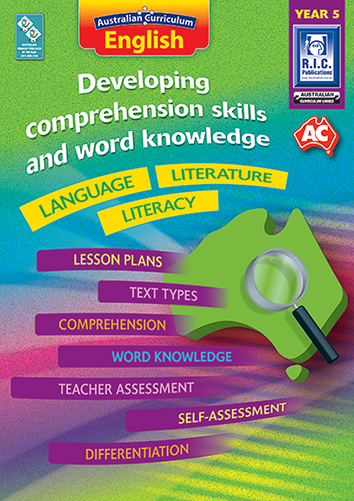- Tuesday 14 February 2017
- 0 Comments
A recently-read article contains the following quote: ‘Without a strong background in basic skills like decoding and vocabulary-building, reading comprehension is impossible’. (<http://www.readingrockets.org/article/comprehension-instruction-what-works>)
Resources for teaching comprehension skills are plentiful and teachers have lots of choice in hard copy and online. The problem is the time needed to locate them and the fact that the text usually only covers one or two aspects of the Australian Curriculum English.
Teachers need to be able to cover so many content descriptions in the Australian Curriculum English that it’s not a wonder some don’t know where to start, or feel overwhelmed. Teachers need to learn to ‘teach smart’. The English curriculum is interrelated, so with one good-quality text teachers can cover many English content descriptions at once. It just takes a bit of close attention to detail! One text can be used to teach specific comprehension skills; spelling, phonics and word-building; specific and technical vocabulary; language features of a particular text type; and also, to immerse children in different literature genres.
Research has shown that teaching vocabulary in isolation does help children improve reading comprehension. Many teachers work this way—teaching specific vocabulary for a text or book before children encounter the actual text; the idea being that familiarity with the words makes reading comprehension easier. Despite this positive aspect, there is the belief that learning new vocabulary within a specific context makes the vocabulary more relevant to children. Isolated words mean nothing unless they have a purpose or context in which to be used. The context provides children with clues to word meaning and usage.
Immersing children in a wide variety of different text types means that children are more widely-read and are more open to, and can more readily comprehend, unfamiliar texts when they encounter them. Different text types have different language features and specific vocabulary. Fairytales, for example, use the phrases ‘Once upon a time’ and ‘And they lived happily ever after’. Procedures use command verbs, steps in order and lists of materials and equipment. By reading different text types, children learn vocabulary and literacy knowledge they can transfer to other texts in a similar format.
The ‘phonics and word knowledge’ sub-strand is only one of many in the Australian Curriculum English. What does this mean for teachers?
Australian Curriculum English: Literacy defines word knowledge as ‘understanding the increasingly specialised vocabulary and spelling needed to compose and comprehend learning area texts. It includes the development of strategies and skills for acquiring a wide topic vocabulary in the learning areas and the capacity to spell the relevant words accurately’.
In reading different texts, students have to decode words, using phonics knowledge, learn how to spell unfamiliar words and broaden their vocabulary base.
Wouldn’t it be wonderful if one book or text covered so much that it allowed teachers to tick every box in a child’s assessment of their English understandings? It’s really a good thing that teachers have to provide children with such a wide variety of texts to gather knowledge of their students’ progress. How else can they be exposed to texts they wouldn’t voluntarily read unless they are almost forced to do it?
As an additional thought—perhaps children should just be able to read a text simply for enjoyment, instead of having to analyse it to death!



